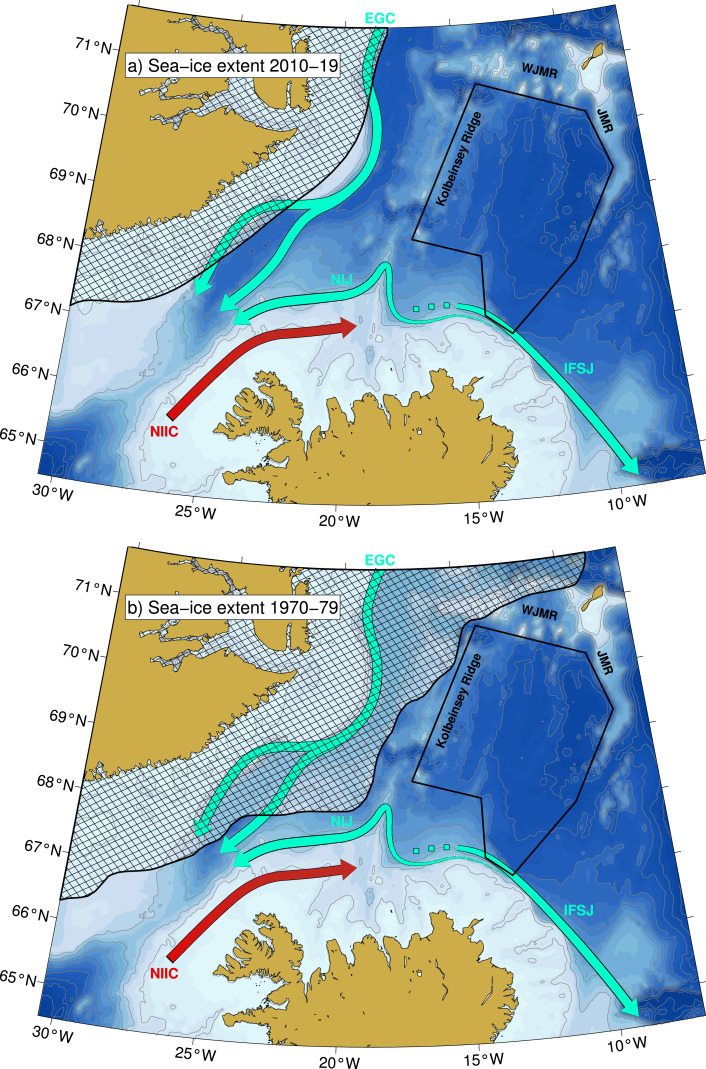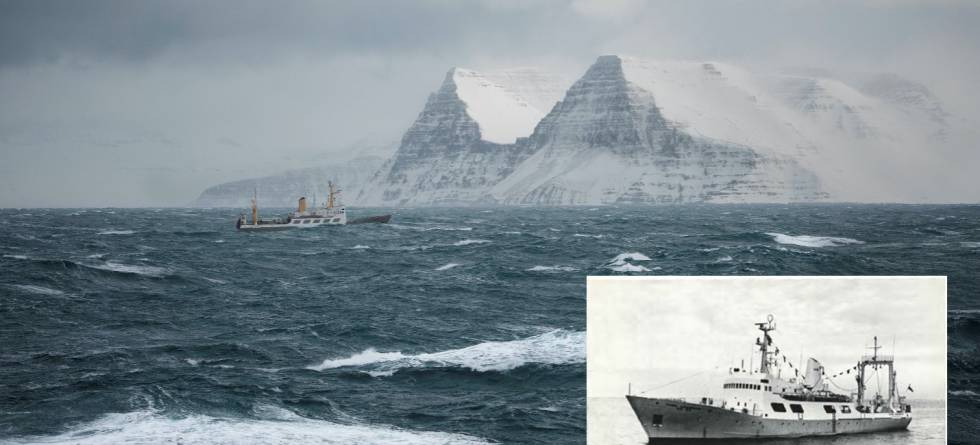Written by Professor Kjetil Våge and post-doc Stefanie Semper with UiB and the Bjerknes Centre:
Do you remember the mid-1970s? The end of the Vietnam War and the Watergate Scandal shaped the political scene. That decade Star Wars, Superman, and the Godfather garnered most attention in the theaters, while the Bee Gees, Rod Stewart, and Elton John dominated the Billboard charts.
Perhaps you weren't even born then? So what about the mid-2010s? Key political events include Russia’s annexation of Crimea and the adoption of the Paris Agreement. Avengers: Endgame, Star Wars: The Force Awakens, and Avengers: Infinity Wars were the highest-grossing movies that decade, and you have probably heard songs by Drake, Rihanna, or Bruno Mars.
Over these four decades, from the mid-1970s to the mid-2010s, our world has changed dramatically – not only in terms of pop culture and politics. The atmospheric CO2 concentration increased by approximately 21%, the global mean temperature rose by 0.9°C, and the glacier Okjökull in Iceland vanished.
Also, beneath the surface in the Iceland Sea, substantial changes occurring over these four decades were recently documented. We investigated the overturning in the Nordic Seas, where warm water of Gulf-Stream origin releases its heat to the atmosphere and returns to the south as a cold, dense current at depth. This warm-to-cold water mass transformation is crucial for sustaining the Atlantic Meridional Overturning Circulation and thus the climate of northwest Europe.
In fall and winter 1974 and 1975, temperature and salinity measurements from shipboard surveys established the central Iceland Sea as an important source of the dense, southward return flow. First some four decades later, in the winter of 2015-16, three gliders collected sufficient measurements in the Iceland Sea to repeat the analysis.
The data demonstrated that, while the depth of the mixed layer in winter has not significantly changed since the mid-1970s, the dense waters formed in the central Iceland Sea have become warmer and less dense – to the extent that they no longer form an important contribution to the dense, southward return flow.

Over the same period, however, a considerable loss of sea ice took place in the western Iceland Sea as the sea-ice edge receded toward Greenland. In past winters extensive sea-ice cover shielded the ocean from heat loss to the atmosphere. In the present ice-free conditions, intense heat loss to the atmosphere near the ice edge in winter triggers dense-water formation.
The dense waters formed here now may even be deeper and denser than those formed in the central Iceland Sea four decades before. This shift of dense-water formation from the central to the western Iceland Sea has significantly altered the role of the Iceland Sea in the overturning circulation.
The times they are a-changin’.
Reference
Våge et al. (2022): Water mass transformation in the Iceland Sea: Contrasting two winters separated by four decades. Deep Sea Research I, https://doi.org/10.1016/j.dsr.2022.103824

